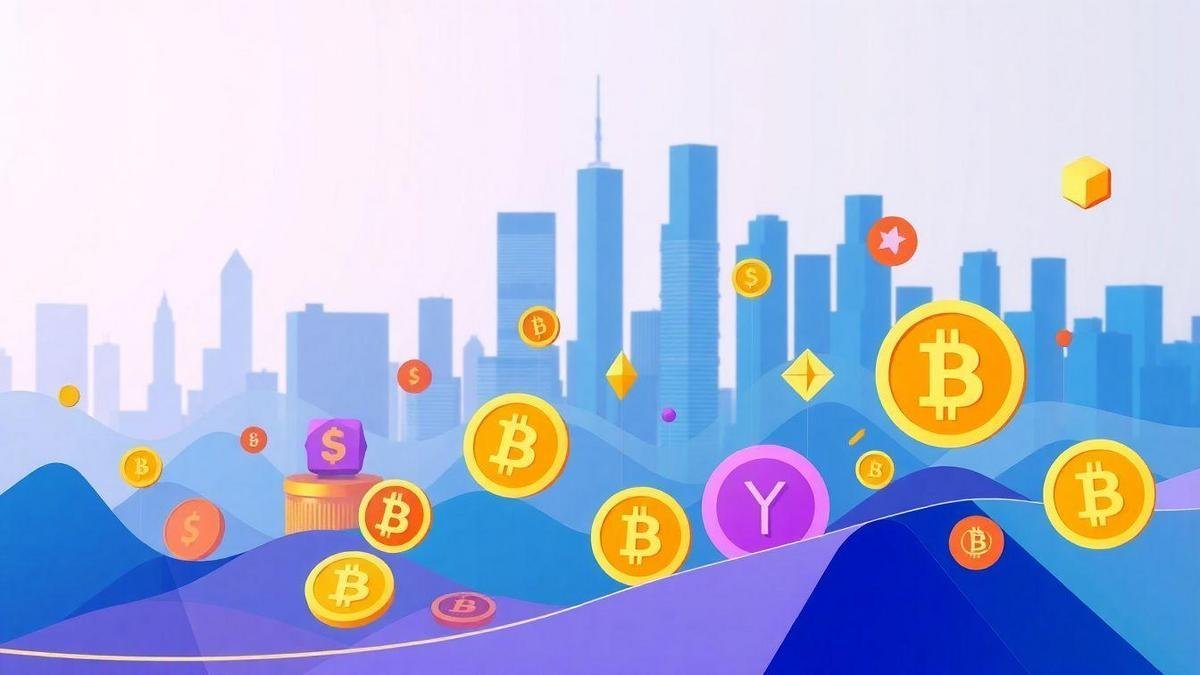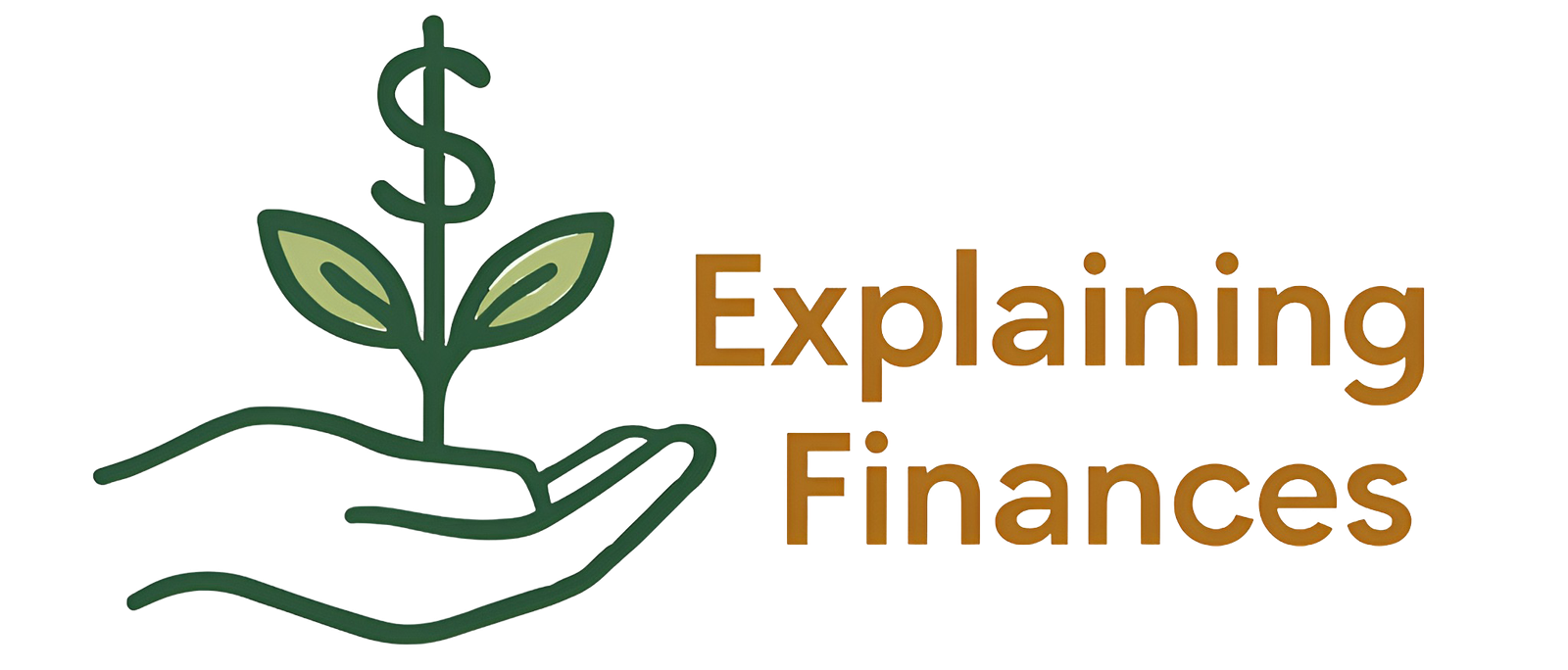Tired of being broke? Tokenize your problems! Sounds like one of those get-rich-quick schemes from the internet, right? But the truth is, asset tokenization has the potential to revolutionize the way we interact with money and investments. After all, who hasn’t dreamed of owning a piece of real estate in New York or a famous work of art—without having to be a millionaire?
This innovative technology, though still misunderstood by many, is opening the door to investment opportunities that were once reserved for high-net-worth individuals. Will tokenization magically solve all your financial problems overnight? Probably not. But it does offer new perspectives and possibilities.
Get ready to dive into the world of tokenization, where we’ll break down the concept, explore real-life examples, and discuss both the advantages and potential pitfalls (because, let’s be honest, nothing is ever all upside).
Table of Contents

Cracking the Tokenization Code: What the Heck Is It?
At its core, tokenization is simply the digital representation of a real-world asset. Imagine you own an apartment. By tokenizing it, you divide it into multiple digital “shares,” called tokens, which can be bought and sold just like stocks in a company.
These tokens are recorded on a blockchain—an immutable and transparent digital ledger that ensures the security of transactions. In simple terms, tokenization transforms physical assets into tradeable digital assets.
The biggest benefit? Tokenization democratizes access to investment opportunities that were previously out of reach for most people. Instead of needing millions to buy an entire building, you can own just a fraction of it by purchasing tokens. This opens up new investment possibilities for individuals at all financial levels.
From Physical to Digital: How Tokenization Works
The process of tokenizing an asset involves several key steps:
- Choosing the Asset – The first step is identifying the asset to be tokenized. This could be real estate, fine art, intellectual property rights, or any valuable asset.
- Creating Digital Tokens – The asset is then divided into digital tokens, each representing a share of ownership.
- Recording on the Blockchain – These tokens are issued and registered on a blockchain, ensuring their authenticity and traceability.
- Trading the Tokens – Once issued, the tokens can be bought and sold on specialized trading platforms, making ownership transfers faster and more efficient.
It’s like creating a digital birth certificate for every fraction of an asset.
Blockchain technology ensures transparency and security, reducing the need for intermediaries such as banks and brokers. This means lower costs, faster transactions, and more accessibility for investors.
Tokenizing the World: Real-World Examples That Will Surprise You
Tokenization isn’t just for real estate and fine art—it’s being applied across various industries.
Sports & Fan Engagement
One of the most popular use cases today is fan tokens. Major sports teams—including global soccer clubs and even some U.S. franchises—are launching their own tokens. These digital assets allow fans to participate in club decisions, vote on exclusive polls, and access unique experiences.
Imagine being able to vote on your favorite team’s pre-game music or help decide the design of a new jersey—all while potentially profiting from the token’s appreciation in value.
Agricultural Commodities & Supply Chain
Another promising application is the tokenization of agricultural assets. Farmers can tokenize future harvests—such as soybean or cattle—allowing investors to support agricultural production while securing a share of future profits.
Loyalty Programs & Carbon Credits
Companies are also using tokenization to create more efficient and transparent loyalty programs, as well as developing secondary markets for traditionally illiquid assets like carbon credits and government-backed receivables.
The possibilities are practically endless!
The Pros (and Some Cons) of Tokenization
Key Benefits:
✅ Greater Liquidity – Tokenization makes it easier to buy and sell assets, significantly increasing liquidity. Selling a fraction of a tokenized building is much easier than selling an entire property.
✅ Lower Transaction Costs – Cutting out middlemen (like brokers, banks, and notaries) makes transactions faster and cheaper.
✅ Transparency & Security – Since everything is recorded on a blockchain, fraud becomes significantly harder.
✅ Investment Accessibility – Even small investors can participate in markets that were previously restricted to the wealthy.
Challenges & Risks:
⚠️ Regulatory Uncertainty – In the U.S., the SEC and other regulatory bodies are still refining their stance on digital securities, which can create legal gray areas.
⚠️ Market Volatility – Many tokenized assets are traded in crypto markets, which can be highly unpredictable.
⚠️ Technical Learning Curve – Understanding blockchain and tokenization requires some education, which can be a barrier for new investors.
Despite these challenges, tokenization represents a major step forward for financial markets, creating new opportunities for both individual investors and businesses. As with any investment, the key is to do your research and understand the risks before diving in.
Investing in the Future: How to Get Started with Tokenization
If tokenization piqued your interest, the first step is researching and exploring platforms that offer tokenized assets. Several specialized platforms exist, each with different offerings and structures.
It’s essential to:
🔹 Understand how blockchain works and the different types of tokens (utility tokens, security tokens, governance tokens, etc.).
🔹 Follow reliable sources (crypto news sites, books, online courses) and, if possible, consult financial professionals with expertise in digital assets.
🔹 Diversify your investments – Never put all your money into a single tokenized asset. Spreading risk is crucial, especially in volatile markets.
Quick Quiz: What’s Your Tokenization Investor Profile?
1️⃣ How familiar are you with crypto and blockchain?
🔲 A) Beginner – I’ve heard about it, but I don’t fully understand.
🔲 B) Intermediate – I have some knowledge and follow the market.
🔲 C) Advanced – I understand it well and already invest in crypto assets.
2️⃣ What’s your main goal when investing in tokens?
🔲 A) Diversify my portfolio and access new markets.
🔲 B) Support my favorite teams and engage with their community.
🔲 C) Seek high returns in the short term.
3️⃣ How much risk can you tolerate?
🔲 A) Low – I prefer more conservative investments.
🔲 B) Medium – I accept some risk for better returns.
🔲 C) High – I’m comfortable with volatility and speculation.
No matter your profile, it’s crucial to understand that investing in tokenized assets involves risks. Price fluctuations, regulatory uncertainties, and technical complexities require caution and research.
📢 Disclaimer: This content is for informational purposes only and does not constitute financial advice. Always consult a qualified financial professional before making investment decisions.
Final Thoughts: Key Takeaways on Tokenization
🔹 Tokenization democratizes access to investments that were once only for the wealthy.
🔹 Blockchain ensures transparency and security in transactions.
🔹 Tokenization increases asset liquidity, making it easier to buy and sell shares of investments.
🔹 Fan tokens offer new ways for sports fans to engage with their favorite teams.
🔹 Research and education are essential before investing in tokenized assets.
So… still tired of being broke? Maybe it’s time to tokenize your way to new opportunities! 🚀
Want to take your financial knowledge even further? 📚💡 Check out our other posts for expert insights, practical tips, and strategies to help you build a secure and prosperous financial future. Explore More Now!
- Caixa Launches Fun Money Game on Roblox
- Easy Ways to Get Robux in Roblox
- Get Free Roblox Items This March
- How to Earn Free Robux Online
- 🍔 Why McDonald’s Became a “Luxury Meal”: The Real Reason Behind the Prices (And How to Beat Them in 2025)
